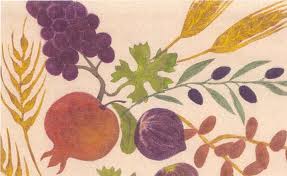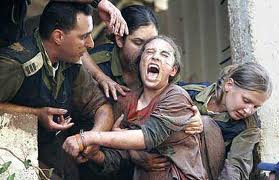By Rabbi Chanan Morrison
The order of the shofar blasts on Rosh Hashanah may be understood as corresponding to major stages in the history of the universe. There are two basic types of shofar blasts:
- Tekiyah — one long, constant blast.
- Shevarim-teruah — several short blasts followed by numerous staccato blows.
The shofar blasts are organized in sets of “tekiyah, shevarim-teruah, tekiyah.” First we blow one long blast, then several broken and staccato blasts, and then a long concluding blast. What do the different blasts symbolize, and why this particular order?









